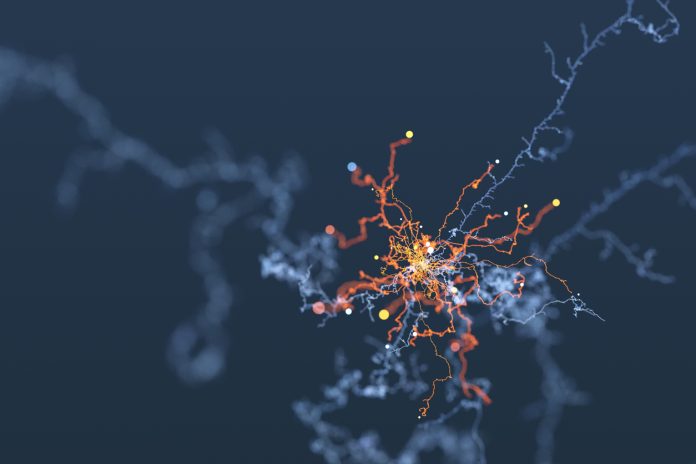A study by researchers at NYU Langone Health has revealed significant differences in the brain structures of men and women, providing new insights into how various neurological and psychiatric disorders develop and present differently between the sexes
Using artificial intelligence (AI) techniques, the study analysed thousands of MRI scans, revealing distinctions in brain organisation at a cellular level.
Artificial intelligence telling the difference between men’s and women’s brains
The study, led by neuroradiologist Dr. Yvonne Lui, used machine learning to examine MRI scans from 471 men and 560 women. The AI programs were trained to identify biological sex based on complex patterns in brain structure and tissue complexity that are invisible to the human eye. The models were able to accurately determine the sex of the brain scans 92% to 98% of the time.
This approach is different from traditional studies that usually rely on animal models or human tissue samples. Previous research methods have faced criticism for subjective decisions regarding the areas of the brain to study, potentially changing results.
By using machine learning to analyse entire sets of images without predefined regions of interest, the NYU team minimised human biases, offering a more objective analysis.
Brain disorders in men and women
Dr. Lui explained that the AI models did not rely on overall brain size or shape, instead, they relied on the features such as the movement and direction of water through brain tissue. These detailed characteristics enabled the AI to distinguish between male and female brain structures effectively.
These findings help us understand how brain disorders show differently in men and women. Conditions like multiple sclerosis, autism spectrum disorder, and migraines are known to affect the sexes differently. A deeper understanding of these structural differences could lead to improved diagnostic tools and more personalised treatments.
Historically, many studies have used men as the standard model, potentially overlooking key sex-specific differences.
While the AI tools identified structural differences, they did not indicate which sex was more likely to possess certain features. The study also focused exclusively on cis-gendered individuals based on genetic information.
Moving forward, the research team plans to investigate how these sex-related brain differences develop over time, considering environmental, hormonal, and social factors. This ongoing research could further show how biological sex influences brain structure and function.











